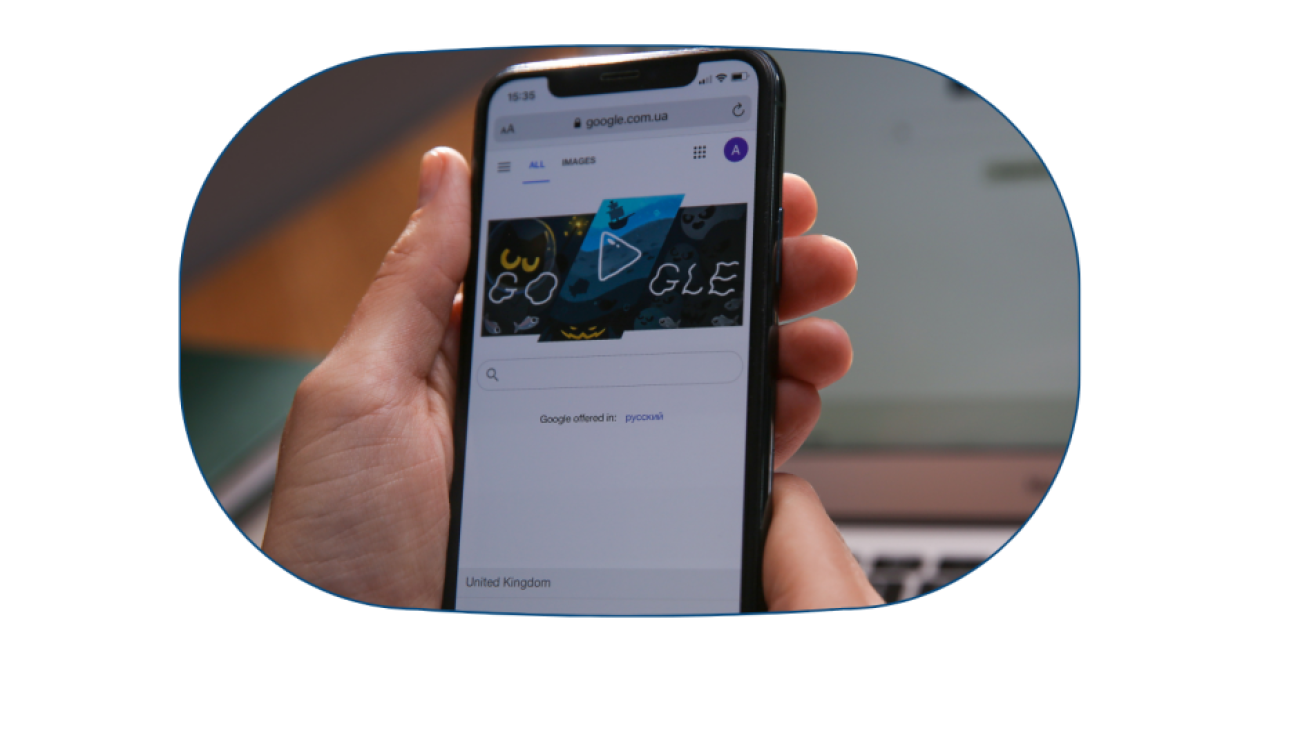Unlocking Success: Understanding the Dynamics of Search Engine Marketing Share
In the ever-evolving landscape of digital marketing, Search Engine Marketing (SEM) has emerged as a powerful tool for businesses seeking to enhance their online visibility. As we delve into the intricacies of SEM, let’s explore the concept of Search Engine Marketing Share and its significance in the competitive digital arena.
Defining Search Engine Marketing Share
Search Engine Marketing Share refers to the proportional presence a business maintains in the search engine advertising space. It is a measure of how much visibility a brand captures in paid search results compared to its competitors. Understanding and optimizing this share is critical for achieving a robust online presence.
Components of SEM Share
- Paid Search Advertisements:
- SEM Share heavily relies on paid search advertisements. Businesses bid on keywords relevant to their products or services, and those with higher bids often secure more significant visibility.
- Ad Positioning:
- The position of ads on search engine result pages (SERPs) influences SEM Share. Higher ad positions generally lead to increased visibility and click-through rates.
- Ad Extensions:
- Utilizing ad extensions enhances the overall appearance and relevance of ads. This, in turn, positively impacts SEM Share by providing users with more information and compelling reasons to engage.
The Significance of SEM Share
- Visibility and Brand Recognition:
- A higher SEM Share translates to greater visibility, increasing the likelihood of potential customers recognizing and engaging with your brand. Consistent visibility reinforces brand recall.
- Competitive Edge:
- In the competitive digital landscape, businesses vie for the limited space on SERPs. A robust SEM Share provides a competitive edge, ensuring your brand is not overshadowed by competitors.
- Increased Traffic and Conversions:
- A well-optimized SEM strategy with a considerable Share contributes to increased website traffic. More importantly, it can lead to higher conversion rates as users actively seeking specific products or services are directed to relevant landing pages.
- Adaptability and Optimization:
- Regularly monitoring and optimizing your SEM strategy is crucial. Adjusting bids, refining ad copy, and incorporating strategic keywords are essential practices to maintain and increase your SEM Share over time.
Strategies to Boost SEM Share
- Keyword Research:
- Conduct thorough keyword research to identify relevant and high-performing keywords. Bid strategically to secure prominent ad placements.
- Ad Quality and Relevance:
- Craft compelling ad copy and ensure the relevance of your landing pages. Search engines reward ads that provide a positive user experience.
- Monitoring Competitor Activity:
- Keep a close eye on competitors. Analyze their strategies, identify gaps, and capitalize on opportunities to strengthen your SEM Share.
- Utilizing Ad Extensions:
- Take full advantage of ad extensions to provide users with additional information, increasing the likelihood of clicks.
Conclusion
In the dynamic realm of digital marketing, understanding and optimizing Search Engine Marketing Share is pivotal for sustained success. By strategically navigating the world of paid search, businesses can secure a prominent position in SERPs, enhance visibility, and ultimately drive meaningful results in the digital landscape.



